
Specs
- Sensitivity : 99 dB/mW
- Frequency response: 15 – 28kHz
- Impedance : 38-ohms
- Battery-life : approx. 40 hours
- Weight: 310g
- Bluetooth formats : SBC, AAC, AptX
What’s In The Box?
- Audio-Technica M50xBT
- 3.5mm removable cable
- USB charging cable
- Storage/carrying pouch
Accessories
With the M50xBT we essentially get the same as you would get with the regular M50x and numerous other headphones from Audio-Technica.
The removable cable has a nice length for portable use as opposed to the more bulky one that was included with the original.
The faux leather storage/carrying pouch remains the same as the one included with the original M50x, but we now do get an additional cable – a USB one.
As the M50xBT is a wireless pair of headphones it must of course have an on-board power-source, and so the short USB cable is used to charge it up.
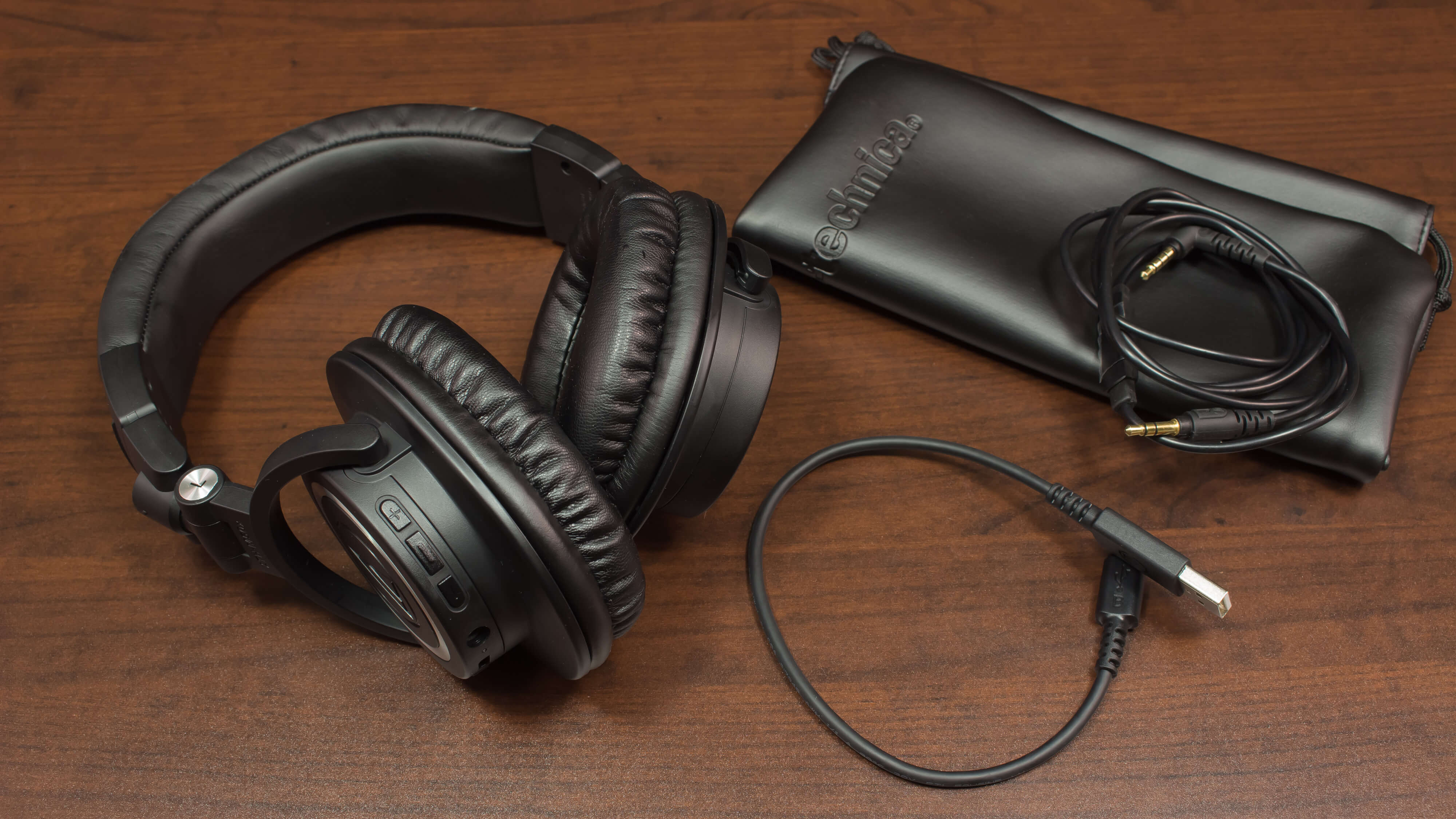
Design

For the most part, the M50xBT looks practically identical to the original M50x. It’s pretty much an all-plastic design with the only visible metallic elements being that of the spring-steel headband, the ring on each earcup, and then the accent at each pivot which indicates which side is left and which is right.No, using this much plastic certainly isn’t going to make any set of headphones feel like a premium product, but where I honestly do have to give Audio-Technica props is that, despite so much plastic, it doesn’t feel like a cheap kind of plastic.
It’s not that overly glossy kind of junk that you could buy for like 10 bucks, but instead it’s got a soft touch finish. But, most importantly, it doesn’t squeak when moving it around. The fit and finish looks and feels great.
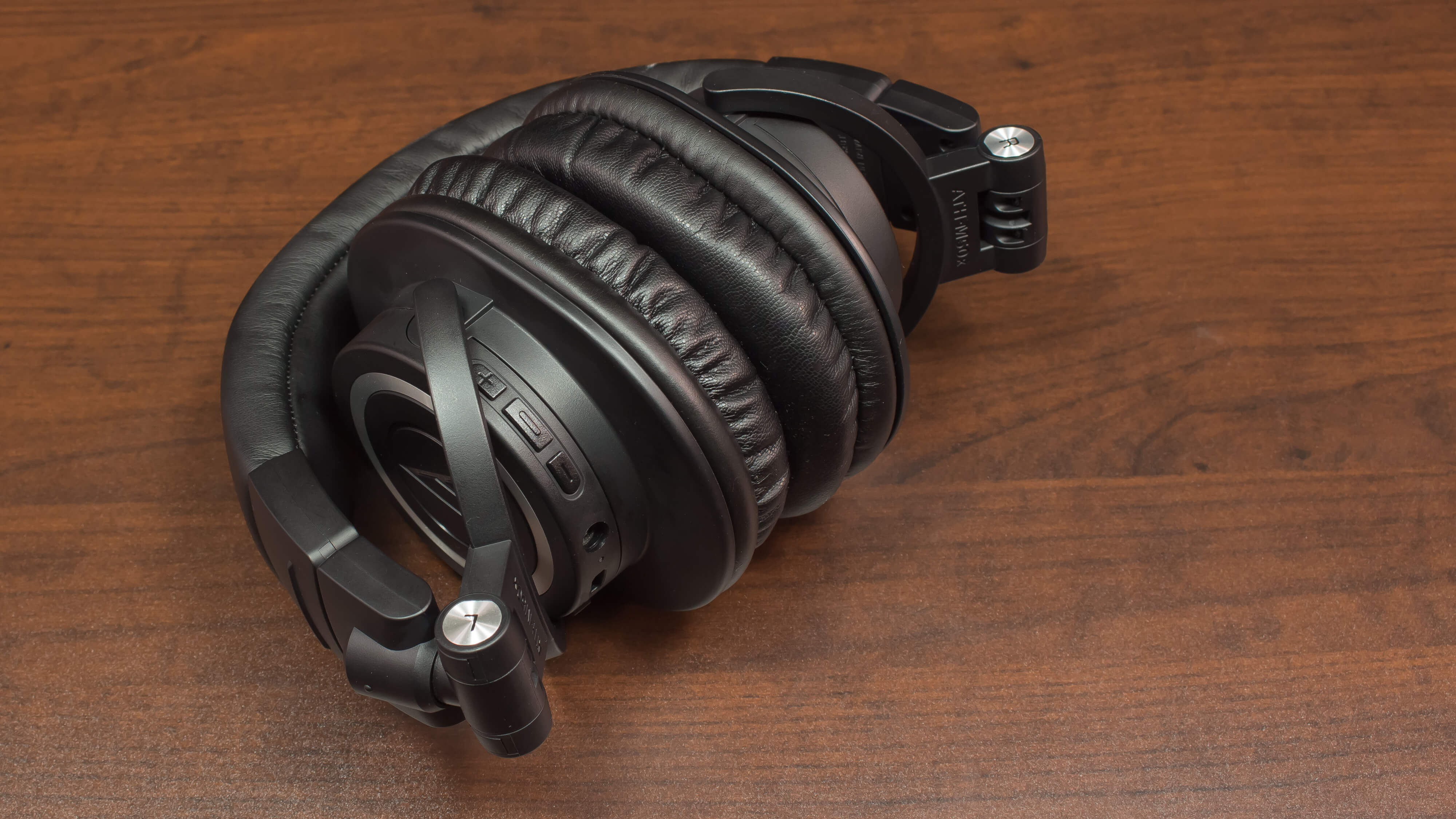
I don’t have the original M50x with me in order to directly compare the build of the 2, but from what I remember I think the build quality was the same for the original.
Even the collapsible design of the original M50x has been kept here which allows the M50xBT to fold up into a very compact form, which is just perfect for travelling.
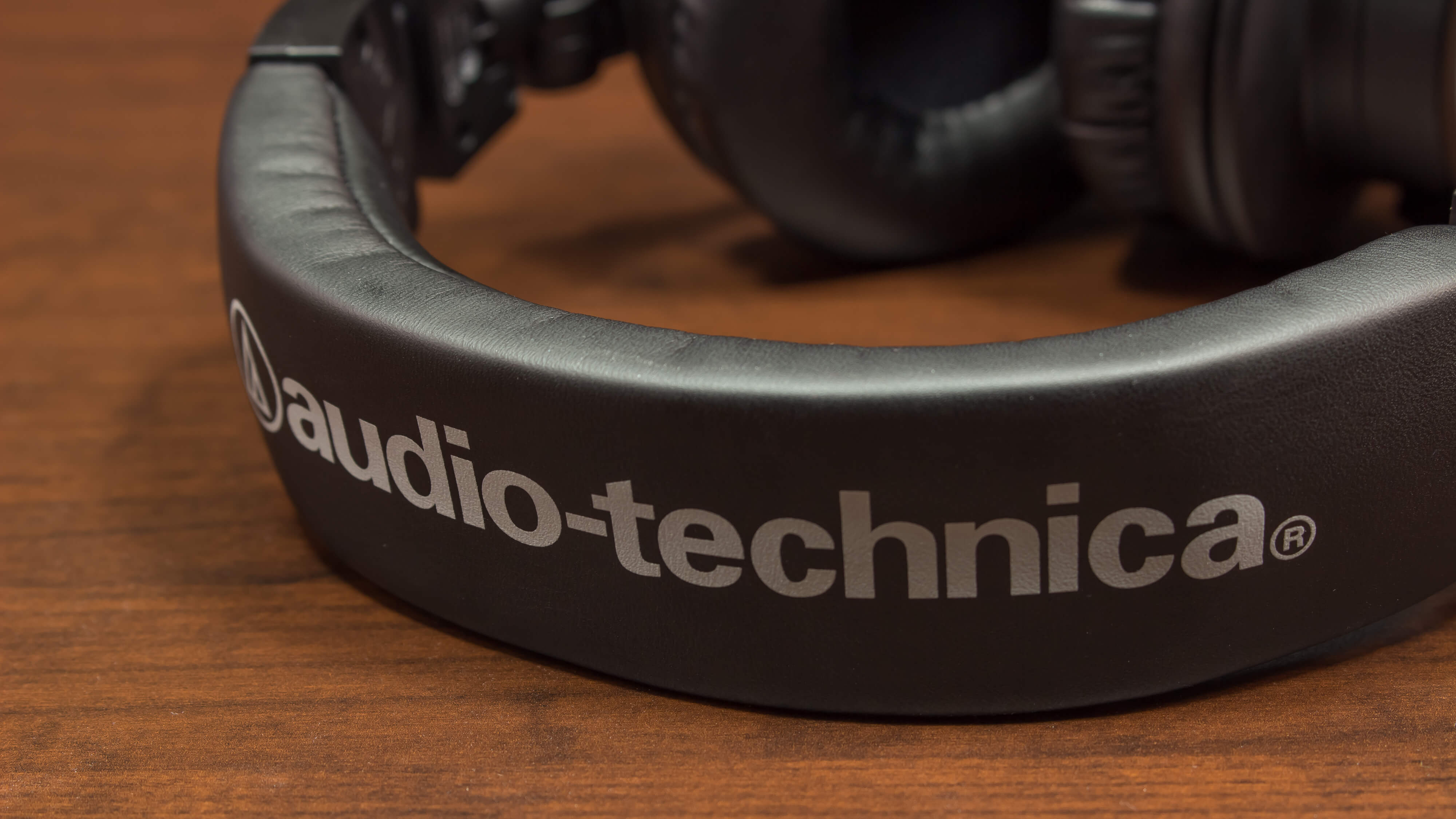
The headband padding as well as the earpads also seem to still be the same, but that’s not necessarily a bad thing. I do wish the headband could have had a bit more padding, but the earpads offer a very decent amount of comfort, whilst still creating just enough of a seal around the ear to keep the lower bass frequencies present.
The only place where we start to see a big change from the original M50x is with the inclusion of a few switches and a micro-USB port on the left earcup.
The first switch is just a slider for turning the Bluetooth functionality on or off. Next, we’ve got your standard Micro-USB connector which is used for charging the internal battery.
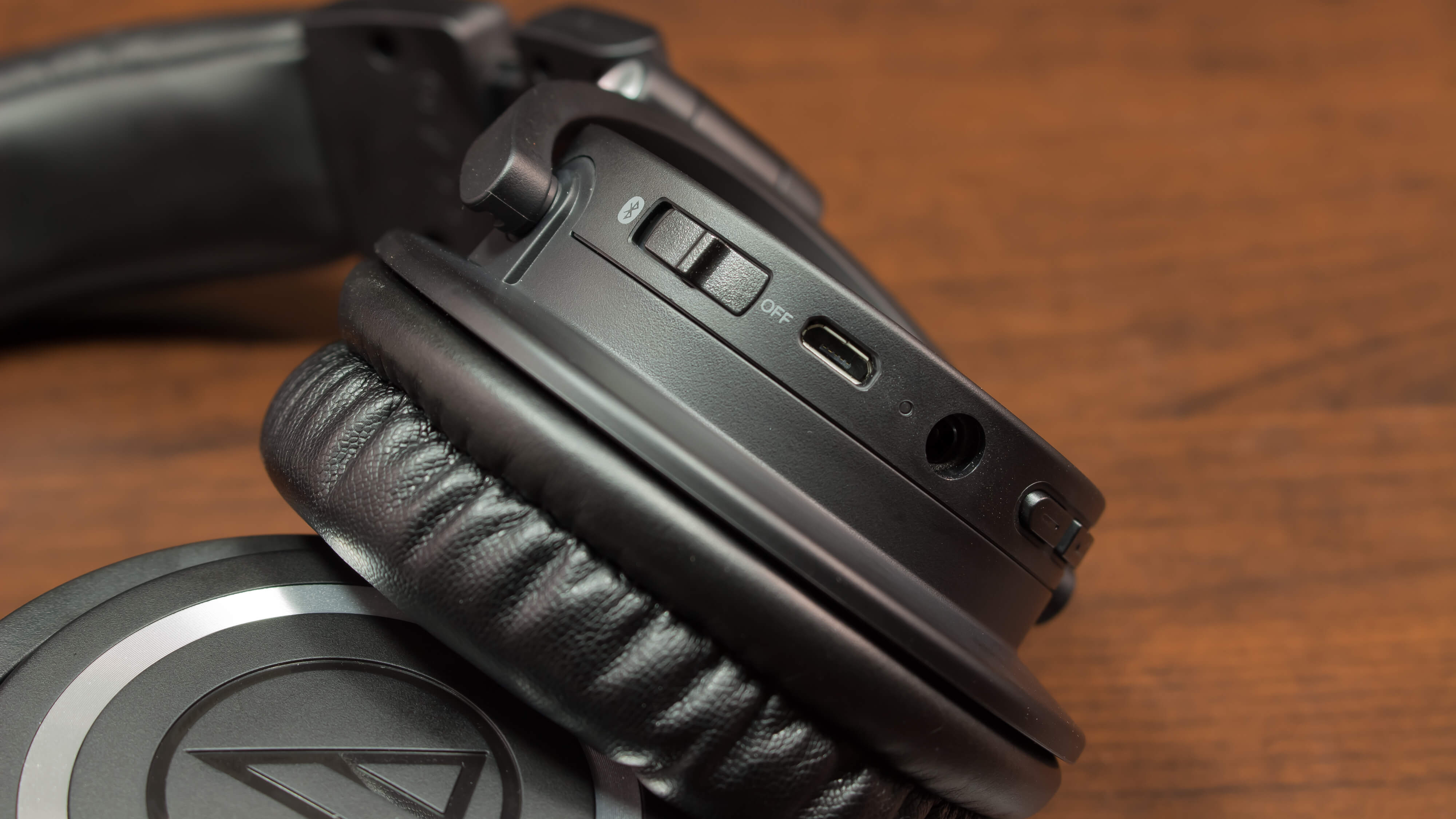
If you totally drain the battery or if you don’t want to use the headphones in wireless mode, then there is a standard 3.5mm stereo jack which allows you to use the headphones in a traditional wired manner.And lastly are the control buttons. The other-most are used to adjust the volume up or down as is suggested by the ‘+’ and ‘-‘ symbols, but, they can also be used to skip tracks. By pressing and holding them for about 2 seconds the volume up button will skip to the next track, whilst the volume down button will go back to the previous track.
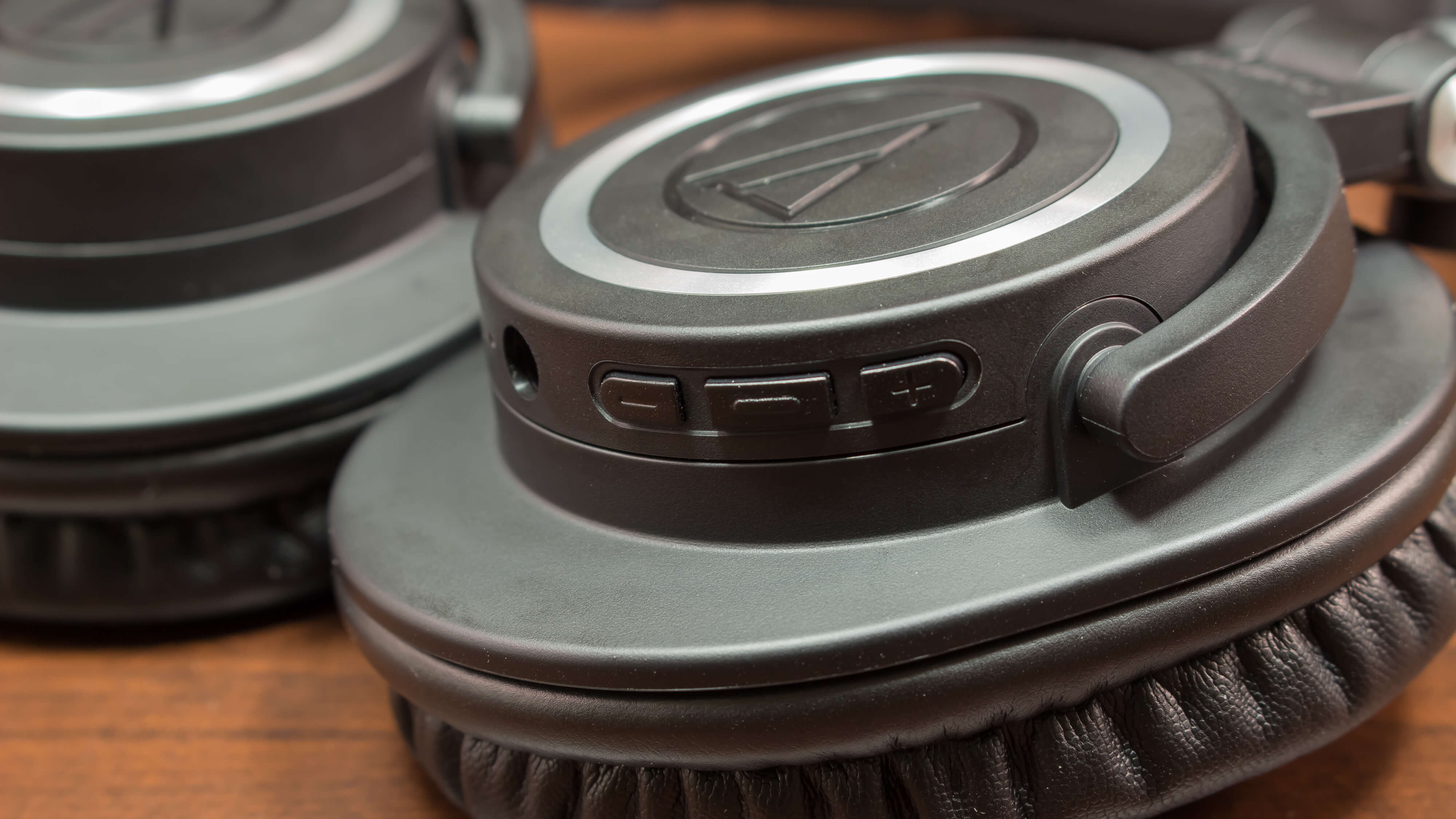
The centre button can be used as a play/pause button, but also has additional functionality when using the M50xBT with a mobile phone; specifically, when dealing with incoming calls.
A single press will answer a call, whereas if you press and hold it for about 2 seconds that will reject the incoming cal. A single press will also end a current call.
Then, there’s also somewhat of a hidden feature on the left earcup, which is something that’s becoming a bit more common for wireless headphones, and that’s a touch sensitive area.

If you tap and hold the area where the Audio-Technica logo is, then this will activate either Siri or Google Assistant depending on whichever compatible device is connected to the M50xBT.
Unfortunately, this is all it does though….there’s no swiping up and down or left and write for volume or track changes.
Sound
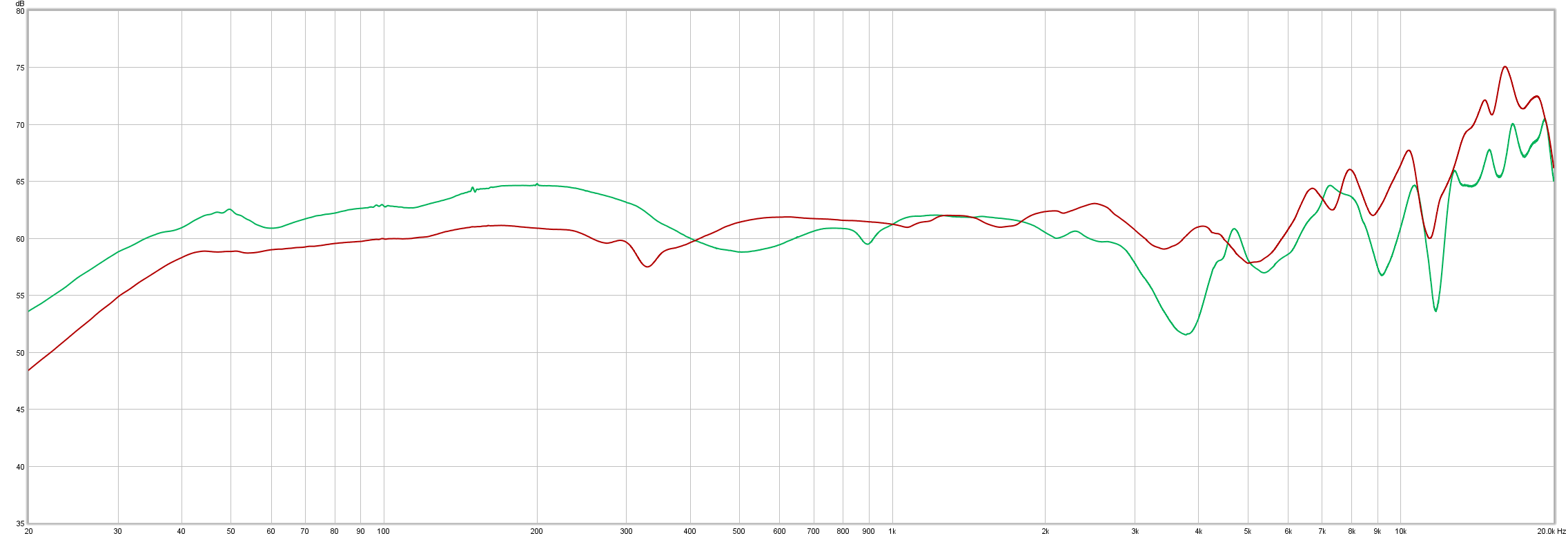
Compared to the original M50x (red), the sound character of the M50xBT (green) seems to be a bit different. There is some more emphasis in the bass region, especially in the sub-bass frequencies, but also a slight drop in the upper mids. Overall, the original M50X seems to have had a flatter overall frequency response, whereas the M50xBT has a bit more of a U-shaped response.
This does result in somewhat of a bloated sound in the bass region, as well as just a bit of a hollowness in the mids.
The sound stage is also pretty intimate, so you don’t get a somewhat convincingly realistic stereo image, but it’s also not so narrow as to feel claustrophobic.
But, let’s keep in mind that all of these impressions are with reference to higher quality, more accurate headphones.
The fact is that the M50xBT is by no means a bad sounding headphone, and I suspect that just as the original M50x was well regarded for its sound quality given its price, the M50xBT might just have that same thing going on.
It’s never going to sound great, but it’s still damn good, and what’s more is that it’s definitely a step up from what you would currently get from other headphones at this price-point.
Value
So, if you’re in the market for a set of wireless headphones, would you or even should you look at the M50xBT? Well, maybe.

You see, the original M50x is a bit of a legend in the audiophile community. It’s not that it sounds ‘great’ per se, because if you look at the frequency response graph we can see that it doesn’t exactly have the most refined response.However, the original M50x served as a gateway into the audiophile world for tons of people, especially the younger demographic.
With headphones, on the one end you get the usual consumer-grade products that are often more of a fashion accessory than what they are a piece of audio equipment. These usually offer an overly bassy and bloated sound signature whilst caring very little for the details and other subtle nuances that are found in the mid-range and treble frequencies.
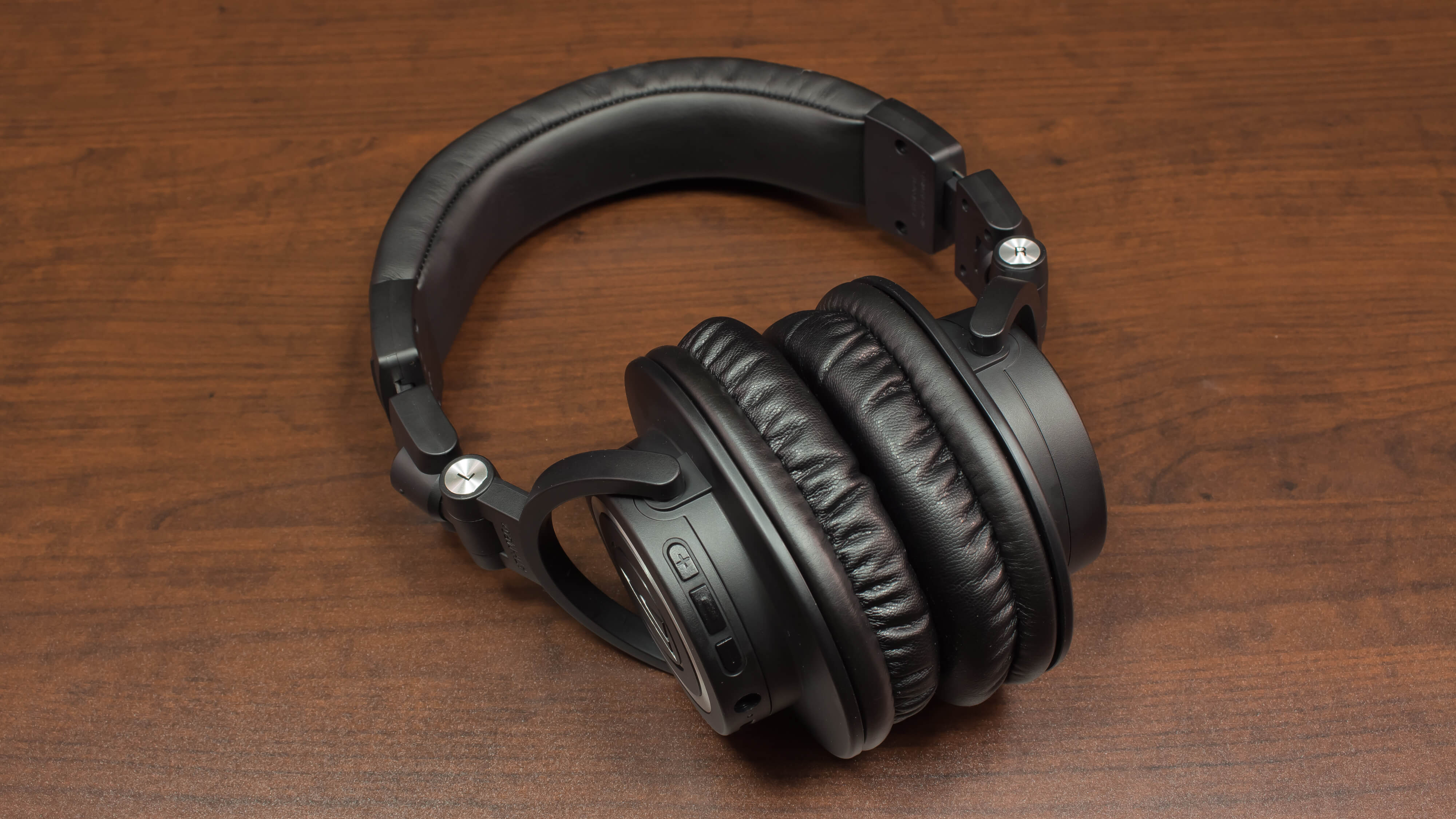
Then, on the other end of the spectrum we’ve got the audiophile-grade of equipment which often offers what could be considered as being less of an “exciting” sound signature. Instead, the focus with these types of headphones is for accurate reproduction of the audio being fed to them.
The consumer-grade products are widely available and more often than not have huge marketing budgets…so it’s easy to see why most people would end up with those kinds of headphones.
Where the M50x became so popular is that it bridged the gap between a consumer signature and that of an audiophile one, and at a relatively reasonable price.
The signature is not as refined as a full-on high-end set of headphones, but it’s still vastly superior to that of a mass-marketed one.
And I think the spirit, the essence of the original M50x has been carried over to the M50xBT. The asking price of $200 is pretty reasonable, considering that it’s only $50 more than the regular M50x.
So, with that in mind, picking the M50xBT over the regular version does seem like a reasonable choice.
It’s just a pity that we don’t get any sort of noise cancellation, as that really would make the M50xBT an easily recommendable product.
